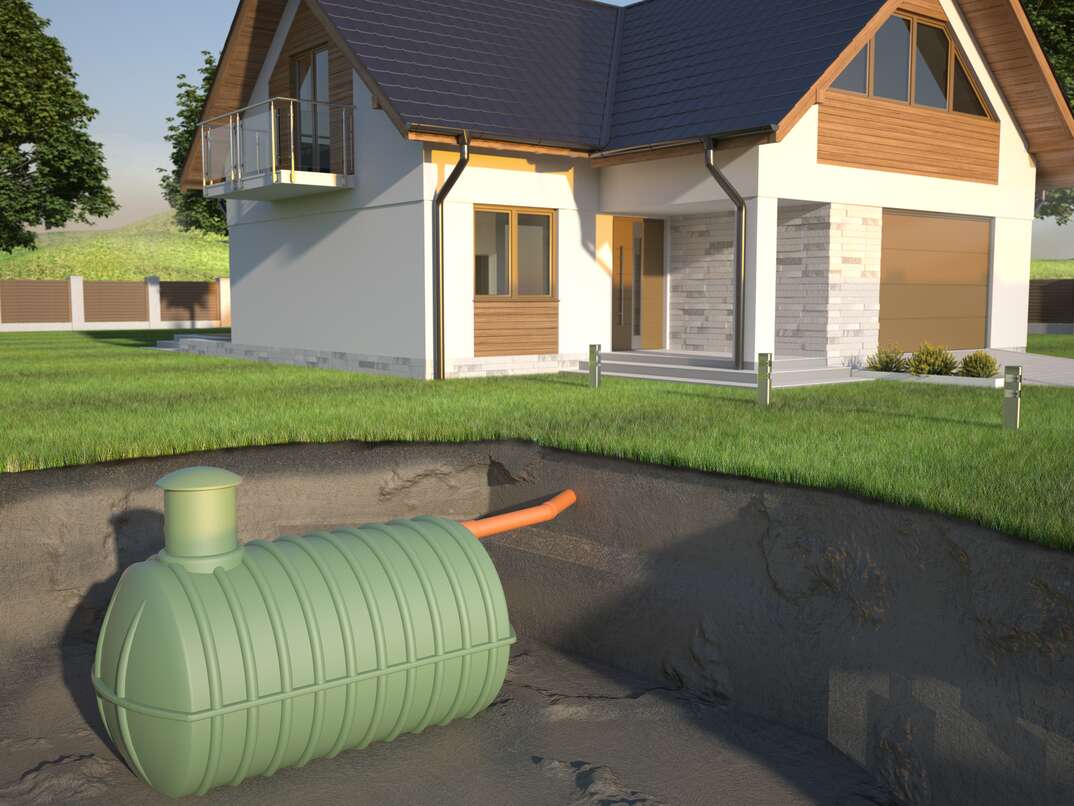When it comes to home ownership Certain aspects are likely to remain hidden from view until they require attention. Septic systems are among those essential, but often neglected elements of a house. We often take it for granted as it is assumed to perform its job without much upkeep or stress. Like any system that has the potential to last for a long time and eventually require replacement.

Inexperienced homeowners might have a difficult time securing the expense of replacing a septic tank. There are a variety of factors that affect the total expense, making it necessary to know what factors are considered when budgeting for a new septic system.
In order to figure out the cost of an upgrade to a septic tank, it’s crucial to take a look at more than just the cost. It is not merely a matter of replacing the tank with a new one. The cost is influenced by a variety of services and components. Costs are incurred at each stage of the process including getting permits, employing professionals, and even excavation and installation.
The cost of septic tanks, leach fields, and the installation are all important factors to consider. The price for a new tank will be influenced by the dimensions, the material used, as well as the complexity of the construction. The price can be influenced by the location of your home along with local regulations and the soil conditions. Septic experts can evaluate your needs and receive an exact estimation. They’ll take into consideration factors such as the size and shape of the leach field. This will ensure a comprehensive understanding of the overall expense involved with your replacement septic system project.
The leach field or drain is yet another major cost. It is essential for the treatment and distribution of water. The cost of replacing a field that is damaged or is not working can be greatly increased by careful planning. Factors like the size of the leach field, soil composition and accessibility all impact the expense, making it important to consider these factors when calculating the cost total.
Homeowners must consider the costs related to the replacement of the tank for septic. You may need to leave your home temporarily or decrease your use of water during installation. You should factor in these inconveniences when planning your project, since they can impact your daily routine and cause additional costs such as accommodations or adjustments to your routine.
Furthermore, it’s essential to recognize the importance of regular maintenance and upkeep of your septic system is crucial to ensure its longevity and minimize the chances of a premature replacement. Failure to perform maintenance could result in more severe problems in the future, like damages to the drainfield, or failing the tank. Plan for septic maintenance in advance is an investment you can make that will help you save money in the long run.
By now, you may have realized that determining the septic system cost is not a straightforward task. This involves careful evaluation of numerous factors such as the size and design of tank to the difficulty of the installation or the condition and health of the leachfield. Furthermore, the area of your property as well as local regulations could impact the total cost. For an accurate cost estimate it is recommended to consult a professional who has experience with septic repair.
If you are considering replacing your septic, you might be surprised by the hidden costs. It’s crucial to learn about the hidden costs prior to making a decision.
Some of the hidden expenses of replacing a septic system include:
The costs of permits and inspections. It is necessary to obtain permits from your local authority before beginning the process of septic system replacement. The permits can be costly and you might have to cover inspection costs.
The cost for excavation and removal. The old septic system will need to be removed and dug up prior to a new system is installed. This can be a very costly process, particularly when it’s difficult for the user to access the old system.
The cost for backfilling and grading. The hole that remains after removing the old system will have to be filled and graded. It is crucial that the drainage system is able to drain properly.
Costs of landscaping. You might need to plant a garden in the area after the installation of the new system, to maintain it in a neat and tidy manner. It could be costly, particularly if landscaping services are needed.
When planning the replacement of your septic tank, make sure to consider the cost-savings that aren’t obvious. This will allow you to avoid any unpleasant surprise.
Making the switch to eco-friendly septic systems is a great option for homeowners on a budget. These eco-friendly septic options are not just economical alternatives to conventional systems, but also help protect the environment by reducing runoff and water pollution. Furthermore, eco-friendly septic solutions are becoming increasingly available and affordable, which makes them a great choice for those seeking to lower their environmental impact without breaking the bank. Although there are some initial costs associated with changing to an eco-friendly solution, the savings over time will more than make up the cost of these. Going green isn’t merely a fashion statement, but a fundamental decision that every person should contemplate if they’re determined to protect our planet for generations to come. You’ll be able to rest in assurance that you’re doing your part in helping the global community. It also will ensure that your home is functioning efficiently with less maintenance and less monthly expenses.